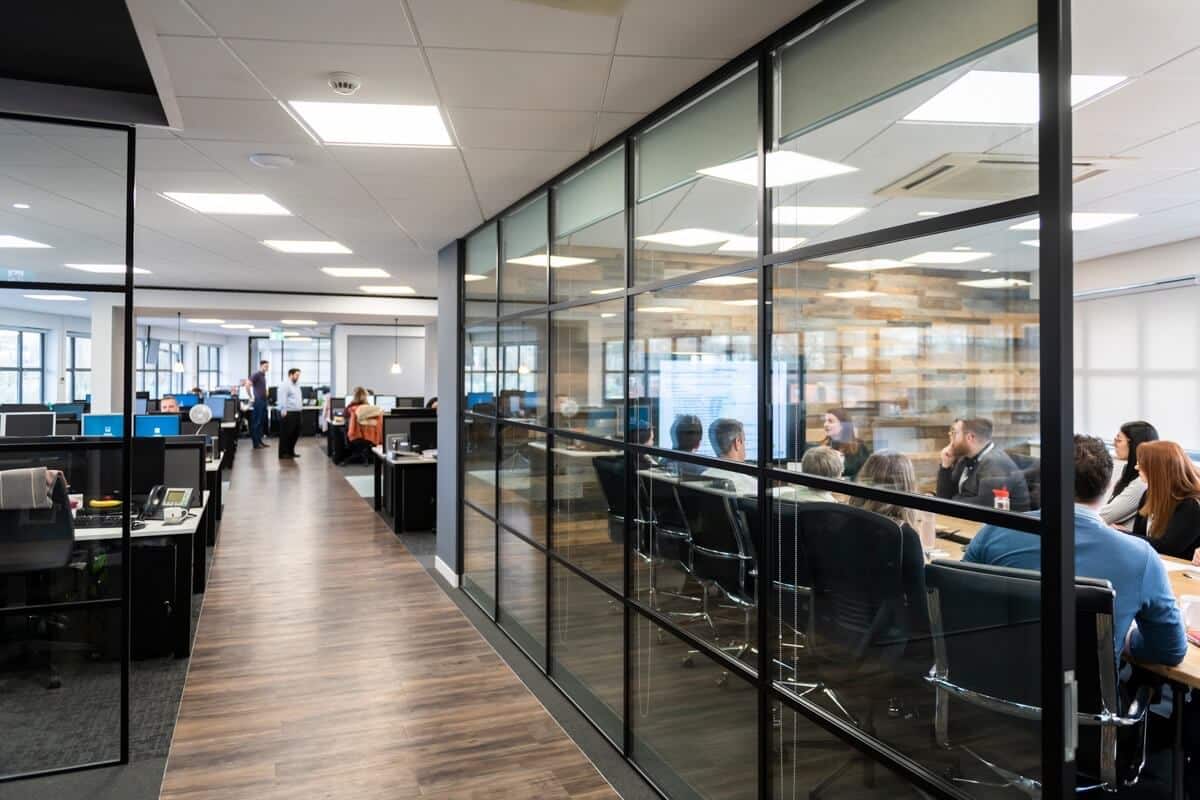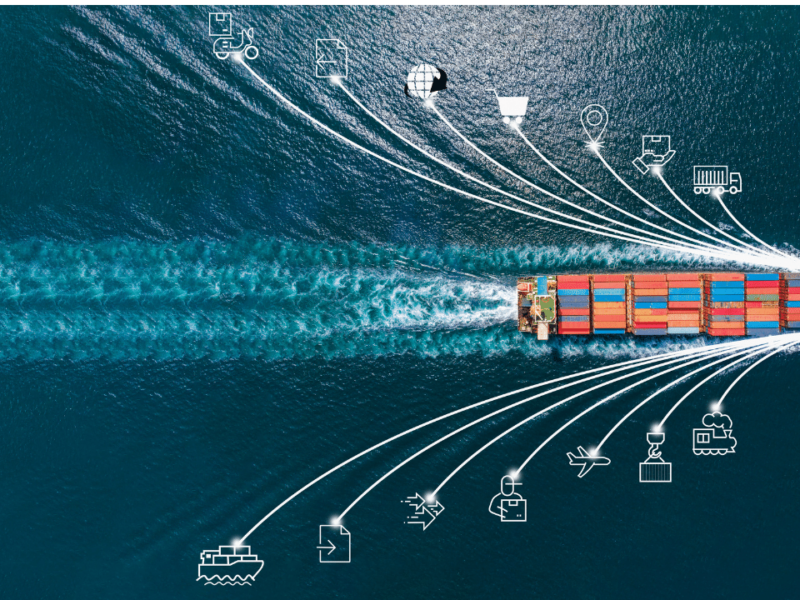Despite its scale and importance, much of the maritime industry has remained resistant to digital change, until now – artificial intelligence (AI) is beginning to make waves across the maritime sector, offering powerful tools to improve efficiency, reduce costs, enhance safety, and meet growing environmental demands. From autonomous ships navigating complex routes to AI-driven port logistics and predictive maintenance systems, the integration of AI is changing the future of shipping.
In this blog, we explore how AI is revolutionising the maritime industry, the benefits it brings, and the challenges that still lie ahead.
Why the Maritime Industry Needs AI
The global shipping sector faces mounting pressure to operate more efficiently, sustainably, and safely. Rising fuel costs, tightening environmental regulations, port congestion, and a shortage of skilled labour all demand smarter solutions – AI is an ideal tool to meet these challenges.
AI at Sea: Smarter, Safer, Autonomous Ships
Autonomous Ships – AI-powered ships use sensors, cameras, radar, GPS, and machine learning algorithms to navigate without human intervention. These vessels can make decisions based on real-time data such as avoiding obstacles, rerouting during storms, or adjusting speed to save fuel. The Yara Birkeland the world’s first fully electric and autonomous container ship is already operating in Norwegian waters.
Predictive Maintenance – AI systems constantly monitor onboard equipment, analysing vibrations, temperature, and pressure to predict component failures before they happen. This results in reduced downtime, lower maintenance costs, and longer equipment lifespans.
Voyage Optimisation – Machine learning analyses factors such as weather patterns, sea currents, fuel consumption, and traffic to suggest the most efficient routes. This results in lower emissions and fuel costs which are two of the industry’s top concerns.
AI in Ports: Smart, Automated, and Efficient
Smart Port Operations – Ports are becoming digital hubs – AI helps automate crane movements, optimise container stacking, schedule berths, and streamline customs checks. The Port Authority at the Port of Rotterdam currently uses AI to predict ship arrival times and reduce docking delays through the use of Pronto whilst the Port of Singapore leverages AI for traffic control, predictive maintenance, and logistics coordination.
Cargo and Traffic Forecasting – AI models use historical and real-time data to forecast cargo volumes, helping ports manage resources efficiently and reduce congestion.
AI for Safety, Security & Sustainability
Maritime Surveillance & Anti-Piracy – AI, combined with drones and satellite imagery, monitors coastal areas and shipping routes for illegal fishing, piracy, and smuggling. AI can flag anomalous ship movements that deviate from known patterns which enables early threat detection.
Crew Health & Safety – AI-integrated wearables track crew health data like fatigue, heart rate, and sleep. Alerts can be sent if a crew member is unwell or working under unsafe conditions.
Environmental Monitoring – AI helps track greenhouse gas emissions, oil discharges, and underwater noise pollution. With tightening regulations from the International Maritime Organization (IMO), AI can help companies stay compliant while protecting marine ecosystems.
Key Benefits of AI in Maritime
Fuel Efficiency – Lower costs and reduced carbon footprint
Predictive Maintenance – Fewer breakdowns couple with a longer asset lifespan
Operational Efficiency -Faster port turnaround, reducing congestion
Enhanced Safety – Improved crew well-being and fewer accidents
Environmental Compliance – Track and ultimately reduce harmful emissions
Challenges on the Horizon
While AI promises major improvements, it’s not without challenges:
- Data quality and standardisation remain inconsistent across the sector.
- Cybersecurity risks increase with increased connectivity.
- Integration with legacy systems can be complex and expensive.
- Regulatory uncertainty still surrounds the operation of autonomous vessels.
- Human acceptance and training are essential for successful AI adoption.
The Future of AI in Maritime
As the industry digitises, here are a few trends to watch out for:
- Digital twins – Virtual replicas of ships or ports to simulate and optimise operations.
- AI + Blockchain – For secure, traceable, and transparent global shipping logistics.
- Green AI – Tools to support maritime decarbonisation and ESG reporting.
- Global policy alignment – New regulations from IMO and national bodies will shape AI’s adoption curve.
Conclusion: A New Era on the Horizon
AI is no longer a futuristic concept for the maritime world, it’s already reshaping how ships sail, how ports operate, and how goods move across global waters. The combination of data, automation, and intelligence is changing the industry, but long-term success will require investment, innovation, and international collaboration.
Explore our current Maritime job vacancies available.
Why Choose ARM As Your Specialist Recruiters?
At ARM, as specialist Maritime recruiters we’ll help you:
- Navigate your candidate search and selection process with confidence
- Provide access exclusive training opportunities for new hires and existing employees








